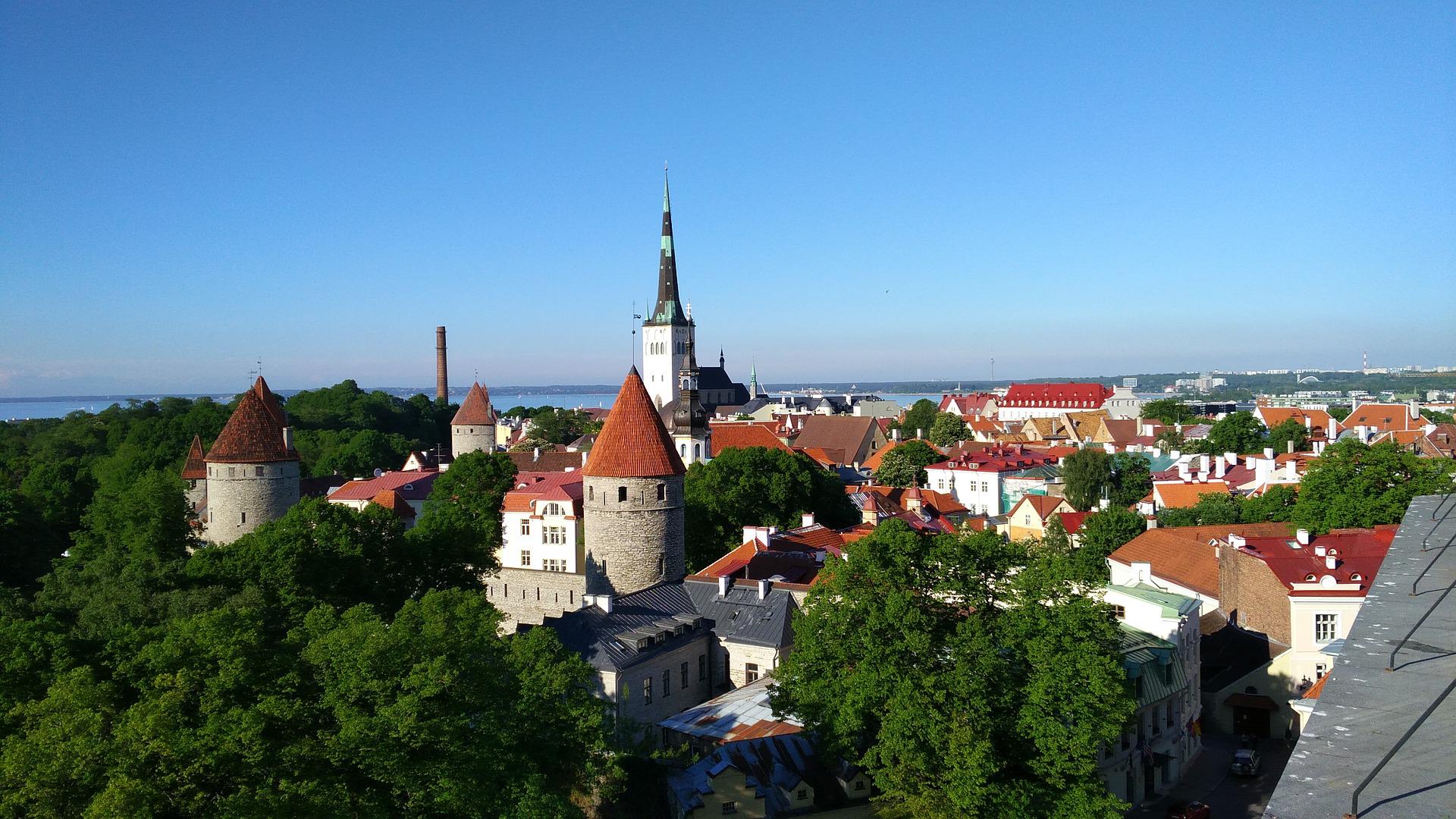
About Decarbonizing Europe
What does the Recovery and Resilience Facility entail?
Who is participating in the Recovery and Resilience Facility?
All the member states of the European Union. All member states? No, The Netherlands has not submitted plans as yet. Although, it became public knowledge at the end of January that hard work is going on behind the scenes in the Netherlands to secure some of those European billions.
What do the member states have to spend the money on?
At least 37 percent of the funding should be used for making their countries more sustainable and 20 percent for digitalization. In addition, there are also other key points:
– Smart, sustainable and inclusive growth
– Social and territorial cohesion
– Public health, economic, social, and institutional resilience
– Policy for future generations
What else is happening?
Apart from that, the EC has identified several so-called flagship areas:
– Power up
– Renovate
– Recharge and Refuel
– Connect
– Modernise
– Scale-up
– Reskill and upskill
What is Innovation Origins planning to do?
Over the next few months, we will be focusing on the implementation of these plans. We will be outlining what each country is doing to reduce CO₂ emissions, and we will be reporting on innovative projects. Infographics will allow you to compare the member states’ efforts with each other.
A crisis like the corona pandemic calls for decisive measures. The EU has freed up €723.8 billion in an effort to use the Recovery and Resilience Facility (RRF) to pull the European economy out of the recession caused by corona. In order to qualify for a share of this large bag of money, member states must submit a plan to the European Commission. In the series Decarbonizing Europe, we put those plans under a magnifying glass.
They are about the same size in terms of surface area, the average man is about the same height, the landscape is roughly just as flat and in terms of digitalization, both countries are highly advanced: Estonia and the Netherlands have quite a few similarities. However, Estonia, with 1.3 million inhabitants (half of the country is covered by forest) is a much smaller player in the European Union.
The Estonian recovery plan is not, in budgetary terms, of any great magnitude. The country was allocated 936.3 million euros from the European Commission, 42 percent of which will be spent on the green transition. A total of 22 percent is reserved for the digital transition.
Green businesses, green energy and green mobility
The green transition of businesses forms an important and major part of the Estonian recovery plan. An amount of 220 million euros will go to supporting companies in this transition, for example by modernizing business models, implementing green technology and developing green skills.
A second major area of expense for the green transition is making mobility more sustainable. A further 96 million will go to the harmonization of public transport in the capital, Tallinn, and upgrading the railway network.
Then there is the energy transition. By 2030, half of all energy used in the country must be renewable. To meet this target, the recovery plan has set aside 92 million euros to “reduce dependence on fossil fuels and facilitate the adoption of sustainable energy.”
NextGeneration EU
The corona crisis is one of the biggest challenges of our time. The European Union, through NextGenerationEU – the largest recovery plan ever at €806.9 billion – aims to help its member states emerge stronger from the crisis. The Recovery and Resilience Facility (RRF) is at the heart of this plan (€723.8 billion).
The RRF has two goals: first, to pull the European economy out of the recession caused by the corona pandemic. At the same time, it is designed to give an impetus to important investments for the future and measures for rolling out reforms.
All 27 member states have submitted plans. Whether all the money is actually disbursed depends on a final assessment of the projects. For example, countries must spend at least 37 percent of their budgets on climate action and 20 percent on digitalization.

Unique position
If the government is to meet that goal, a great deal still needs to be done. Estonia has a unique position in terms of energy supply. It is heavily dependent on domestically produced shale oil: a sedimentary rock that can be burned to generate heat, electricity, and liquid fuel.
This basically means that the country is practically self-sufficient as far as energy is concerned, but it also leads to the fact that in 2019 it had the highest carbon intensity of any country affiliated with the International Energy Agency (IEA). After all, conversion of shale oil into electricity is the most carbon-intensive combustion technology there is.
However, the transition has begun nonetheless. Whereas in 2019 only 22 percent of electricity produced in Estonia came from renewable sources, by the first half of 2021 the percentage was almost half.
The E-stonia miracle
Whereas the country still has a lot of work to do when it comes to the green transition, it is an absolute frontrunner in the digital transition. To put it even more bluntly, Estonia is the undisputed ICT pioneer of Europe. Entrepreneurs are able to register a new company within twenty minutes via the E-Business Register. The X-Road system guarantees seamless communication between public and private e-services. Estonians can vote online. And the Prime Minister’s residence, Stenbocki maja, is completely paperless, as the country has the first e-government in the world.
When the country gained independence from the Soviet Union back in 1991, it embarked on a series of reforms to modernize its economy. “Estonia was a relatively poor country. The public sector wanted to provide good quality services. That was done digitally then, because it was cheaper and easier,” said the country’s former prime minister Kersti Kaljulaid in an interview with CNBC.

SME as a priority
Another example that accounts for the nickname “E-stonia” is e-Residency, an initiative that allows people to start a business in Estonia without actually living there. Supporting businesses is a priority for the government with respect to both the green transition and digital transition. A budget of 83 million euros has been earmarked to support companies in this digitalization process, with a focus on SMEs.
Further digitalization of the government (97 million euros) by building up resilience, security and efficiency is also a major cost factor. Another 24 million euros is being invested to reduce the digital divide between rural and urban areas.
Support us!
Innovation Origins is an independent news platform that has an unconventional revenue model. We are sponsored by companies that support our mission: to spread the story of innovation. Read more.
At Innovation Origins, you can always read our articles for free. We want to keep it that way. Have you enjoyed our articles so much that you want support our mission? Then use the button below:



